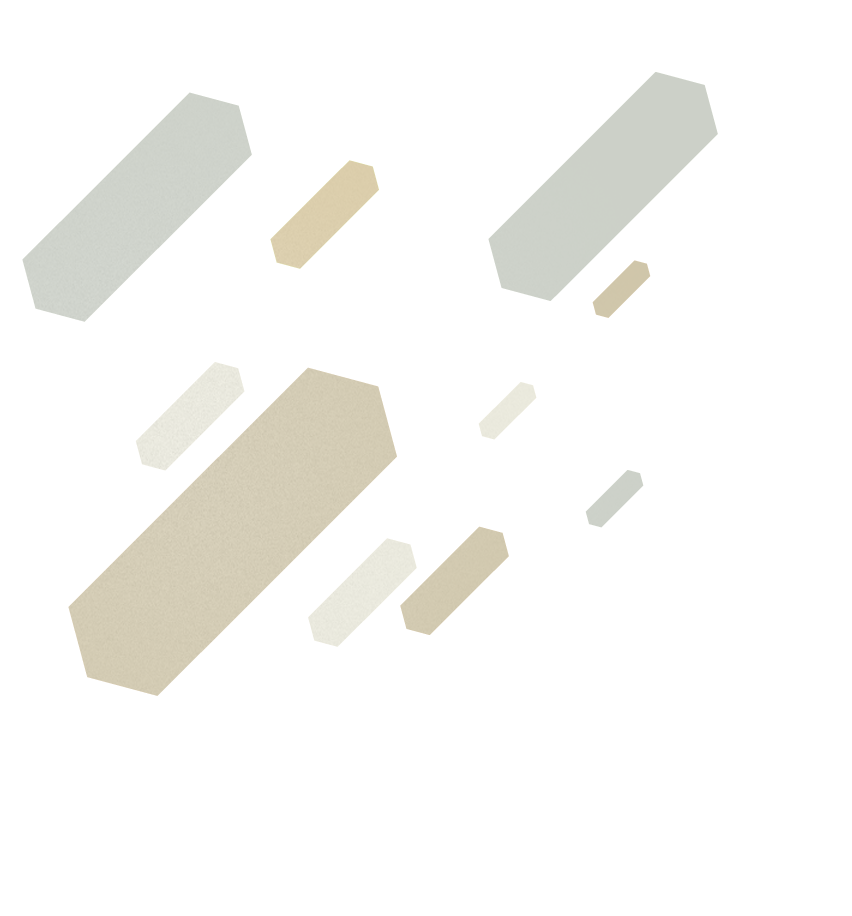


Grotesque Choreographies. Play and Abyss in Lucia Ronchetti’s
Hombre de mucha gravedad
In the Renaissance, on the walls of the buried halls (grotte) of that infamous palace, Nero’s Domus Aurea, arrestingly bizarre paintings were discovered, featuring entwined ornaments, half plant and half animal, and occasionally even suggestive of something human. All of Europe was soon affected by this flourishing new fashion for grotesque ornamentation, which eventually found its way from painting to literature and thence to music. Meanwhile it accumulated countless different forms and meanings, ranging from the coarsely comic and the luridly outlandish to extreme absurdity, from danse macabre via commedia dell’arte to opera buffa. Spanish painting and literature would seem to have been particularly susceptible to this impulse. With Las Meninas, Diego Velázquez created a monument to the fascination for this protean phenomenon. In Hombre de mucha gravedad, Lucia Ronchetti, a Roman by birth, now confronts Velázquez’s pictorial world with its source. The hombre de mucha gravedad is, of course, Velázquez himself. His presence exerts an influence on the entire scene and on all the relationships between the figures in it. The result is a manneristic choreography made up of acoustical lines of vision and play of perspectives. The figures turn up, most elegantly, in a double quartet composed of voices interlaced with string players, and they breathe new life into the picture. The scene becomes animated, a place for discussion, for play, but also for the malicious and cynical – the setting for a grotesque spectacle, and, with the inherent theatricality of Ronchetti’s dramaturgia, the dark side attempts to force its way from a marginal position to center stage. And it succeeds: the cold grotesque in the frozen poses in Velázquez’s painting begins to move and unfold. Like an art historian who composes, Ronchetti transports us to the courtly world of Philip IV. It’s a world that lives by other rules, where everyday life is full of grotesque events and figures. She sacrifices none of the enigmatic aura of Las Meninas, but instead enlarges the space around the figures in all directions, so that we have new lines and angles of vision. The grotesque meanwhile emerges out of exaggerated comic effects, such as when, in the second scene, the court dwarf Nicolas Pertusato recites a few lines – as if they were a nursery rhyme – from Zanozzo’s Canti popolari romani. Unfazed by the Spanish proverbs from the countertenor and the put-on plaintiveness of Quevedo’s words as sung by the soprano, Pertusato, in his rendition of this apparently naive nursery rhyme, displays its repetitious patterns, at once rigid and manic. So we are only a few beats into this scene when its comic nature tips over into mania-driven mechanical automatism, in which even over-the-top comedy becomes menacing. Nevertheless the playful nature of the work remains untarnished: it actually functions, for example in the fifth scene, where macabre effects threaten to get the upper hand, as a protective mechanism against slipping into the abyss of depression. Whereas the character representing “Time” calmly recites from Giovanventura Rossetti’s Notandissimi secreti de l’arte profumatoria (1555), the female attendants in ascending lines work away at a madrigal by the Andalusian Renaissance composer Juan Vazquez. They seem almost to be addressing – even warning – themselves. Their words revolve around the desperate desire to wash away torment and suffering. Quite suddenly the scene takes on a cynical and macabre tone, when the court dwarf, as if in passing, reminds them of the consequences that await a traitress. This is further emphasized by the agitated and urgent allusion to Bartók’s 4th String Quartet. For the darkest depths of this piece not a moment’s rest is permitted. In the next scene, the female court dwarf Mari Bàrbola, teetering on the brink of madness, climbs in quick irregular movements through all the registers of her voice and into hysteria. The first violin pursues her, imitating and spurring her on. Here too the grotesque is shown as the “in-between”, the transitional element, and as a mediator between extremes. Quevedo’s lines, with their latent condescension, acquire, by means of Bàrbola’s manic voice, a caricatural and repulsive quality. Yet thanks to the confrontation with the sacramental and clear declamation of passages from Giacinto Gigli’s diary about the catastrophic outbreak of the plague in Rome in the mid-17th century, horror makes its presence felt in the scene. The extravagant comicality of the female court dwarf is transformed into pitch-black gallows humor. Throughout the piece, until its very end, the grotesque is ever present – like a keynote – in the music, the figures and the textual fragments. But it takes on enormously varying degrees of intensity, from delicate to outrageous, fluctuating between humor and horror. Paradoxically and because they appear simultaneously, gaiety and horror are forced into an existential integration. And fantasy then calls the tune: playing with the identity of the figures, with semantics and with traditions. Even the deepest abysses acquire a playful character and seem to be behind a protective screen. As so often in Italian operatic tradition, the supposedly merry masquerade or ball scene is just a blind for an approaching disaster. Amplified to manic frenzy, the apparent gaiety gives rise, by way of mutual rebukes and reinterpretations, to a maelstrom that brings cynicism and the macabre to light and then – everyone together with folkloric vitality – a carnival-like choreography of the grotesque appears before us. The masters of ceremonies are, of course, the court dwarves. With their vulgar language, Bàrbola and her companion Pertusato, themselves victims of caricature, coat the dialogues of their milieu in cynicism. So coarse are the strokes with which they depict their surroundings that they turn everything and everyone into a grotesque caricature. But their nature can be displayed only via their contrast to and ambivalence towards the other figures in the painting. Yet despite appearances, they are part and parcel of this society. It is through these figures that the nobility, and indeed the entire court, give full expression to their suppressed desires and yearnings.
Andreas Karl




